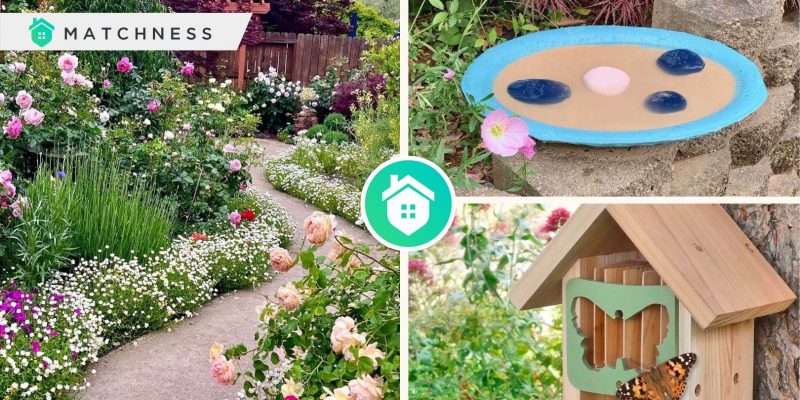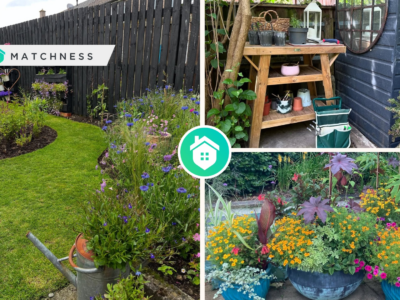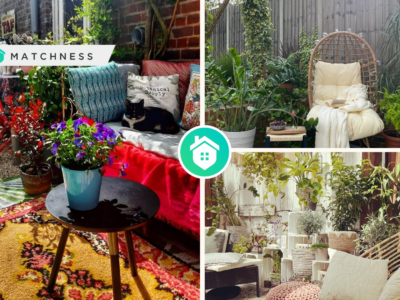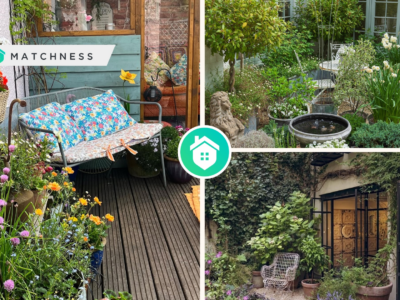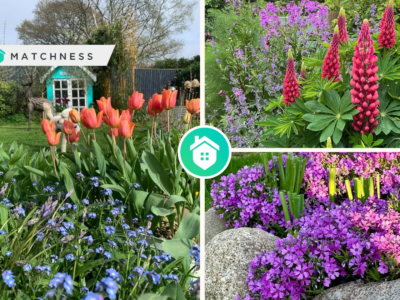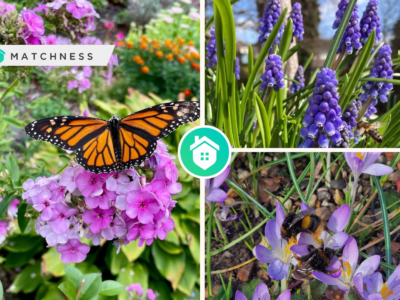Creating a butterfly garden is a wonderful way to attract beautiful pollinators to your outdoor space. By carefully selecting plants, designing a welcoming space, and maintaining a healthy environment, you can create a butterfly garden that not only attracts enchanting insects but also supports their lifecycle and contributes to the overall health of your local ecosystem.
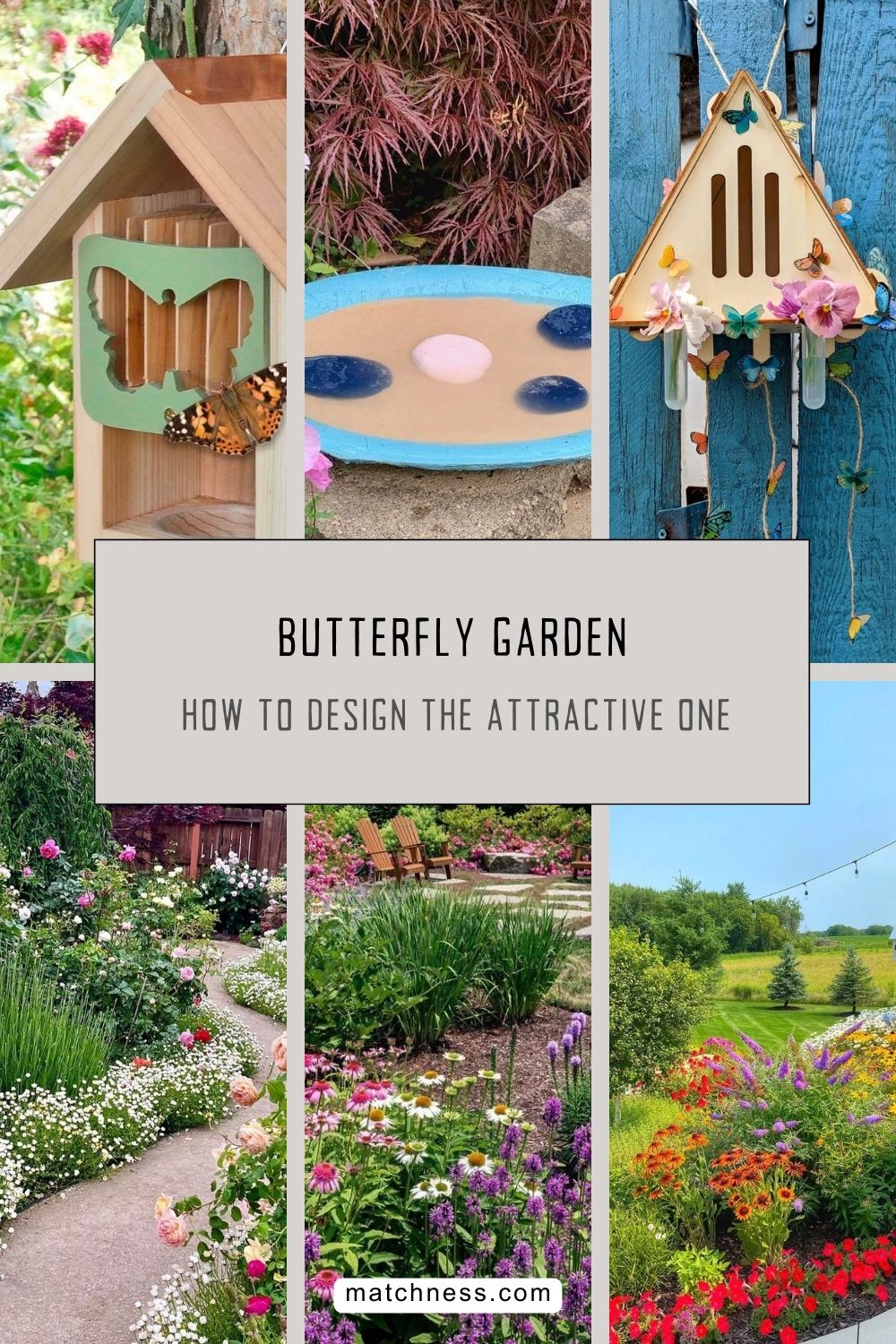
Here are some ideas and tips for designing a butterfly-friendly garden:
Choosing the Right Plants
Butterflies are attracted to specific plants for nectar and as host plants for laying eggs. Include a mix of the following:

The plants for your butterfly garden should be varied. The blooming of the flowers will attract the butterflies. The varied colors and shapes will also beautify the garden. Plants from @clclandscapedesign
1. Nectar Plants
- Milkweed (Asclepias): Essential for monarch butterflies.
- Butterfly Bush (Buddleia): Attracts a wide variety of butterflies with its fragrant blooms.
- Lantana: Known for its vibrant flowers that are a butterfly favorite.
- Coneflower (Echinacea): Provides nectar and also serves as a landing platform.
- Zinnias: Easy to grow and available in many colors.
2. Host Plants
- Parsley, Dill, and Fennel: Attract black swallowtail butterflies.
- Milkweed: Necessary for monarch caterpillars.
- Pawpaw: Host plant for the zebra swallowtail.
- Violets: Caterpillar food for several fritillary species.
Garden Design
When planning your butterfly garden, consider the following design elements:
1. Sunlight: Butterflies thrive in sunny areas. Choose a spot that gets at least 6 hours of sunlight per day.

With an open spot like this, the butterflies will find your garden and they can fly freely and happily. You should also see how the spot can get enough sunlight because there is not too much shade provided. Butterfly Garden Sunlight from @plaids.and.poppies
2. Shelter: Provide shelter from the wind with shrubs, tall plants, or a fence.

This shelter is designed with a spot to stay still and even to hide. You can see the bottom part and the upper part with the borders. Then, there is also a butterfly shape added for decorative needs. Butterfly Shelter from @protecttheplanet.co.uk
3. Water Sources: Create a shallow puddling area with moist sand or mud where butterflies can drink and obtain minerals.
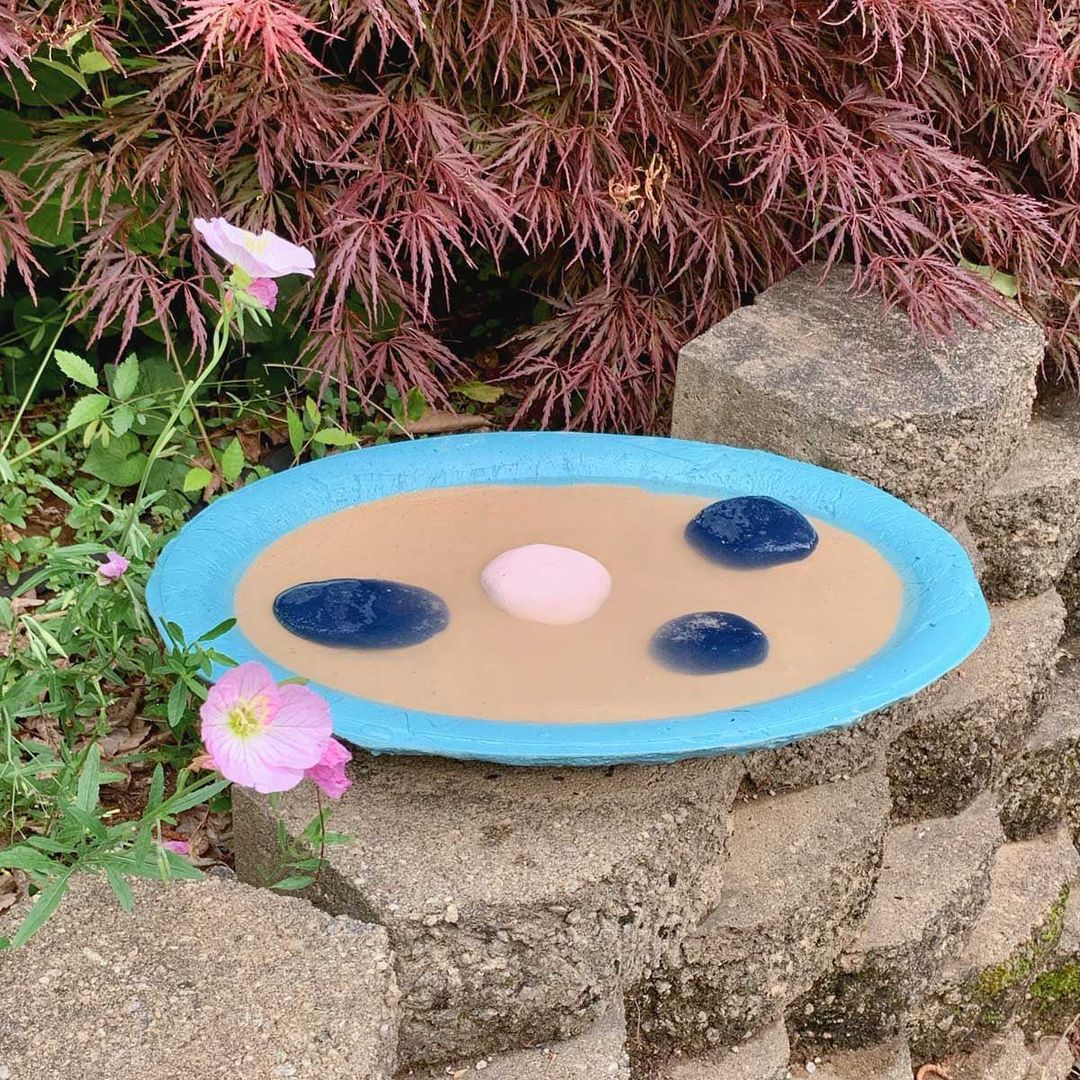
This water source is shaped like a plate which is wide enough for the butterflies. Besides the water, there are also some stones and sand. All of those three things are what the butterflies love. Water Source from @artsyprettyplants
4. Plant Arrangement: Group similar plants together to create a larger visual target for butterflies. Include plants of varying heights to create layers and mimic natural habitats.

You can see it here where the flowers are planted based on their types and characteristics. The small-sized plants are planted to be the borderline of the pathway. Then, the higher plants are layered behind the small ones. Plant Arrangement from @garden_lover_dj
Garden Maintenance
Maintain a healthy environment for butterflies with these tips:
1. Avoid Pesticides: Pesticides can harm butterflies and other beneficial insects. Use organic or natural pest control methods.
2. Deadheading and Pruning: Regularly deadhead flowers to encourage continuous blooming. Prune plants as needed to maintain shape and health.
3. Mulching: Use organic mulch to retain moisture and suppress weeds, creating a more inviting habitat for butterflies.
Additional Features
Enhance your butterfly garden with these creative additions:
Butterfly Houses: Install butterfly houses to provide shelter and attract more butterflies.

This butterfly house design is really pretty. It is not only functional with its shape but also able to beautify the decoration with the additional decorative items being added. Butterfly House from @alfieandmummysteph
Rocks and Logs: Place flat rocks or logs in sunny spots to provide perches for butterflies to bask in the sun.

If you don’t want the rock to move, then you can stick them with cement. Here are the gravels that are stuck with cement without losing their texture and shape. It will be functional for the butterflies and you don’t need to worry that the gravels will move. Rocks from @aquamarine_aubrey
Native Plants: Incorporate native plants that are adapted to your local climate and soil conditions, as they are often the best food sources for local butterfly species.
Informational Signs: Add signs with information about the plants and the butterflies they attract.


